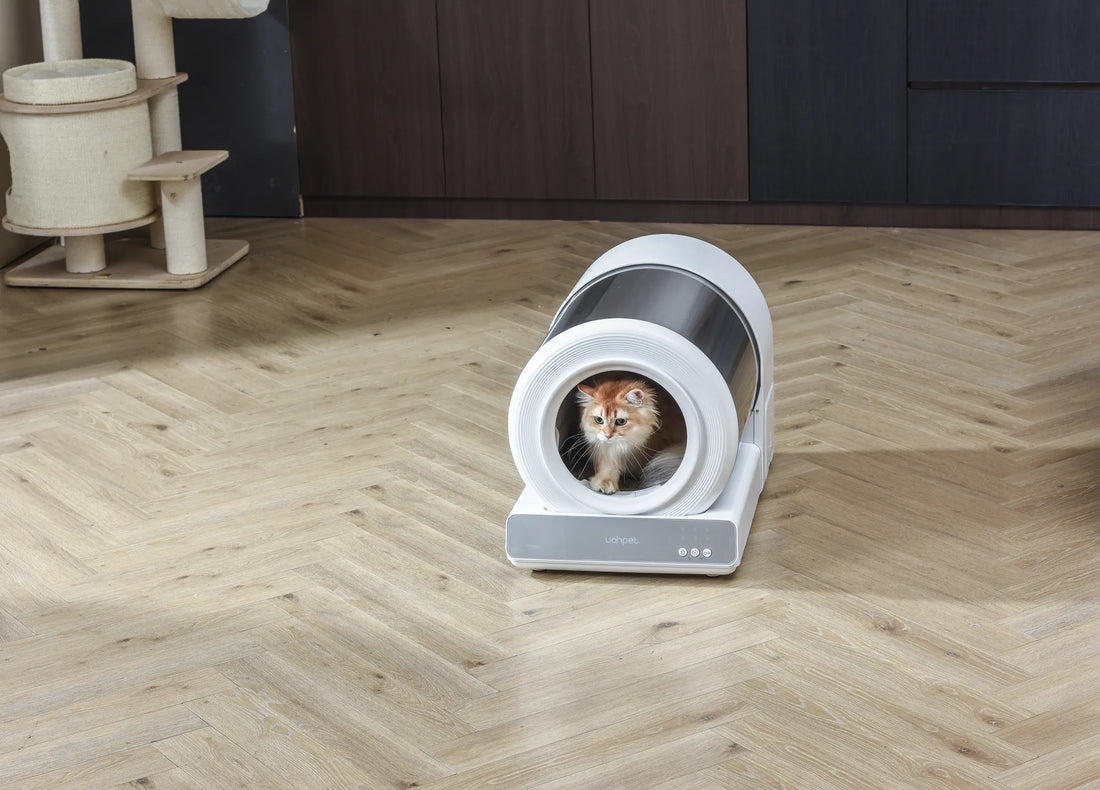Bringing a new cat into your home is an exciting experience, but it can quickly turn stressful if your furry friend refuses to eat or use the litter box. These behaviors are common in newly adopted cats and are often a sign of stress, anxiety, or underlying health issues. Understanding the reasons behind these behaviors and knowing how to address them can make the transition smoother for both you and your cat.
Why Your New Cat Won't Eat
There are several reasons why a new cat might refuse to eat. The most common cause is stress. Moving to a new environment can be overwhelming for cats, and they may take time to adjust. Other factors include unfamiliar food, changes in routine, or underlying health problems. Here are some steps you can take to encourage your cat to eat:
- Provide a Quiet Space: Cats prefer to eat in a calm, quiet environment. Set up a designated feeding area away from noise and distractions.
- Stick to Familiar Food: If possible, continue feeding your cat the same food it was eating before adoption. Gradually introduce new foods if necessary.
- Offer Small Portions: Start with small amounts of food to avoid overwhelming your cat. You can increase the portion size as your cat becomes more comfortable.
- Monitor for Health Issues: If your cat continues to refuse food for more than 24 hours, consult a veterinarian to rule out any medical problems.
Why Your New Cat Won't Use the Litter Box
Litter box avoidance is another common issue with new cats. This behavior can be caused by stress, an unclean litter box, or a preference for a different type of litter. Here are some tips to help your cat use the litter box:
- Choose the Right Litter Box: Ensure the litter box is the appropriate size for your cat. Some cats prefer covered boxes, while others like open ones.
- Use the Right Litter: Experiment with different types of litter to find one your cat prefers. Unscented, clumping litter is often a good starting point.
- Keep the Litter Box Clean: Scoop the litter box daily and change the litter regularly. Cats are more likely to use a clean litter box.
- Place the Litter Box Strategically: Position the litter box in a quiet, accessible location. Avoid placing it near food or water bowls.
Creating a Comfortable Environment
Helping your new cat feel safe and secure is key to addressing both eating and litter box issues. Here are some ways to create a comfortable environment:
- Provide Hiding Spots: Cats often feel safer when they have places to hide. Offer cozy beds, cat trees, or cardboard boxes.
- Use Pheromone Diffusers: Synthetic pheromones can help reduce stress and anxiety in cats. These products mimic the natural pheromones cats use to mark their territory.
- Establish a Routine: Cats thrive on routine. Try to feed, play, and interact with your cat at the same times each day.
- Be Patient: Give your cat time to adjust. Avoid forcing interactions or making sudden changes to its environment.
When to Seek Professional Help
While most cats adjust to their new homes within a few days or weeks, some may require professional help. If your cat continues to refuse food or use the litter box despite your efforts, consult a veterinarian or a feline behaviorist. These experts can identify underlying issues and provide tailored solutions to help your cat thrive.
Remember, every cat is unique, and what works for one may not work for another. With patience, understanding, and the right approach, you can help your new cat overcome its challenges and settle into its new home. Your furry friend will soon be eating, using the litter box, and enjoying life as part of your family.













